Procedural characteristics of pulmonary vein isolation with high
$ 15.00 · 4.7 (140) · In stock
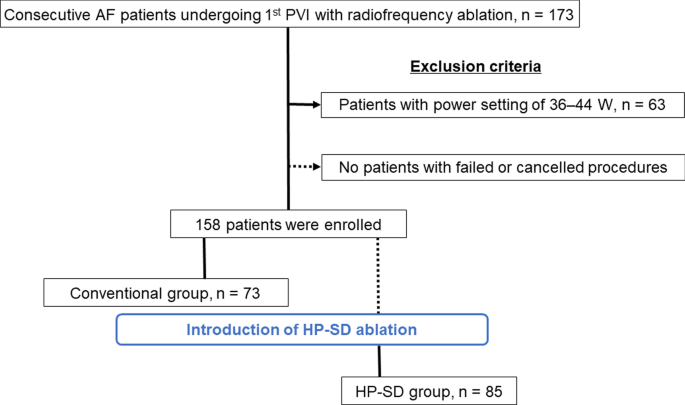
The purpose of this study was to investigate the safety and efficacy of high-power short-duration (HP-SD) ablation compared to conventional ablation in patients with atrial fibrillation (AF). We enrolled consecutive 158 drug-refractory symptomatic AF patients (119 males, mean age 63 ± 10 years) who had undergone first radiofrequency pulmonary vein isolation (PVI). PVI was performed using the conventional setting (20–35 W) in 73 patients (Conventional group) and using the HP-SD setting (45–50 W) in 85 patients (HP-SD group). The rate of first pass isolation, remaining gaps after circumferential ablation, dormant conduction, and the radiofrequency application time in each pulmonary vein (PV) were compared between the groups. The first pass isolation ratio was significantly higher in the HP-SD group than in the Conventional group (81% vs. 65%, P = 0.027) in the right PV, but did not differ in the left PV. The remaining gaps were fewer in the right superior PV (4% vs. 21%, P = 0.001) and left inferior PV (1% vs. 8%, P = 0.032) areas, and the radiofrequency application time in each PV was shorter (right PV, 12.0 ± 8.9 min vs. 34.0 ± 31.7 min, P < 0.001; left PV, 10.6 ± 3.6 min vs. 25.7 ± 22.3 min, P < 0.001) in the HP-SD group than in the Conventional group. The use of the HP-SD setting might contribute to improve the first pass isolation rate and to shorten the radiofrequency application time in each PV.
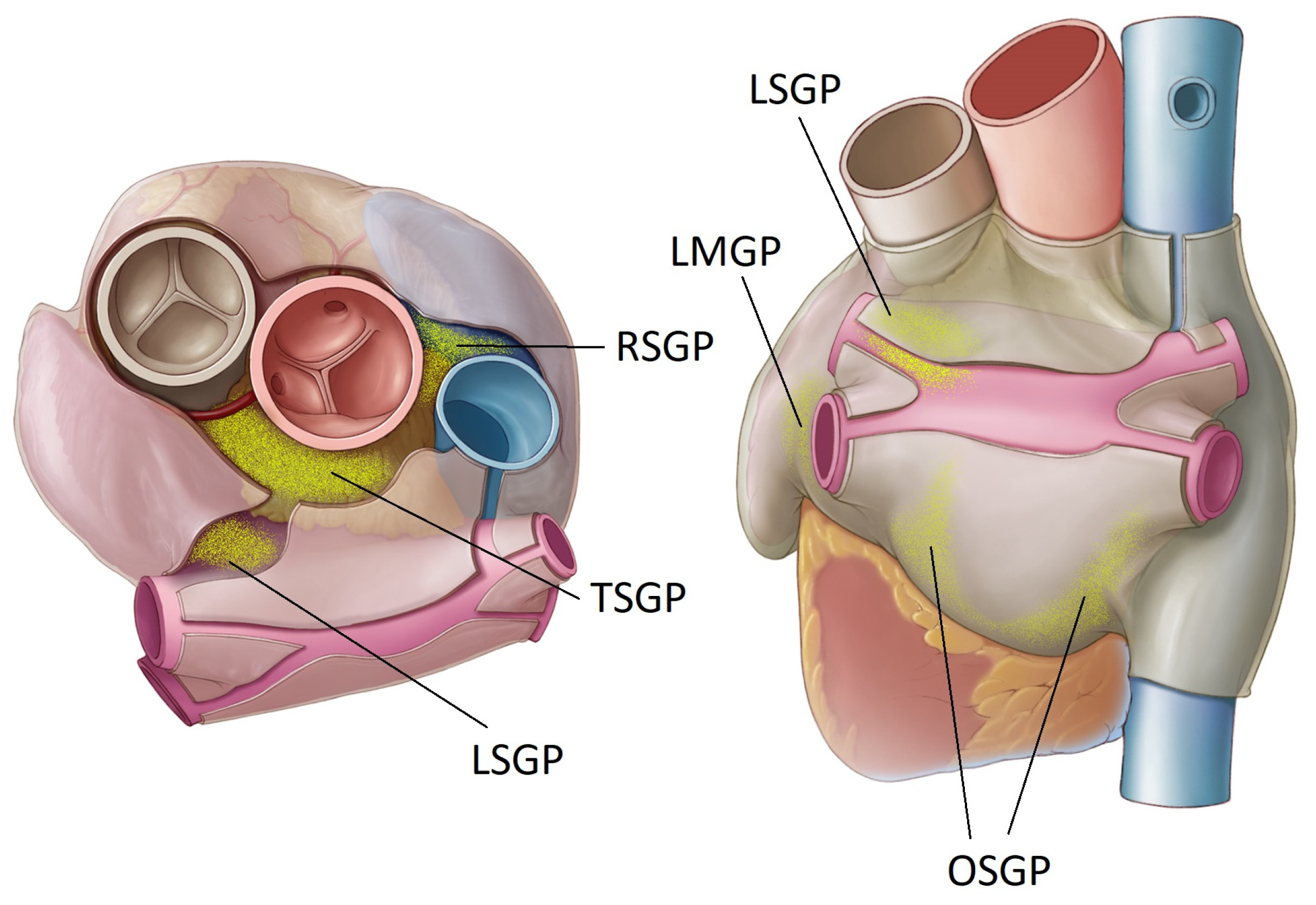
JCDD, Free Full-Text
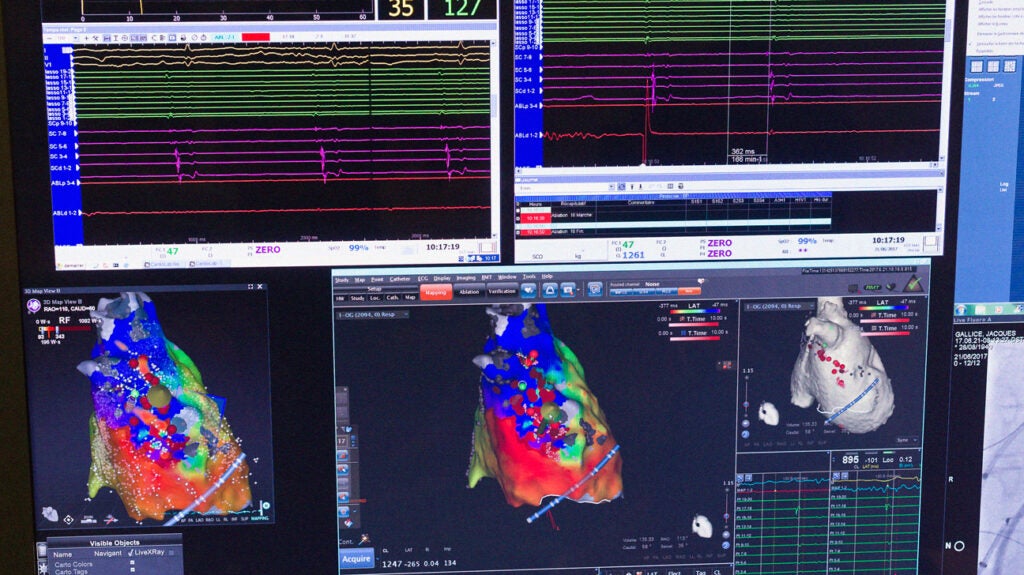
Cardiac ablation surgery: Types, risks, what to expect, and more

Electrophysiology lab efficiency comparison between cryoballoon

Takafumi ISHIDA, Professor, Fukushima Medical University, Fukushima, Department of Cardiovascular Medicine
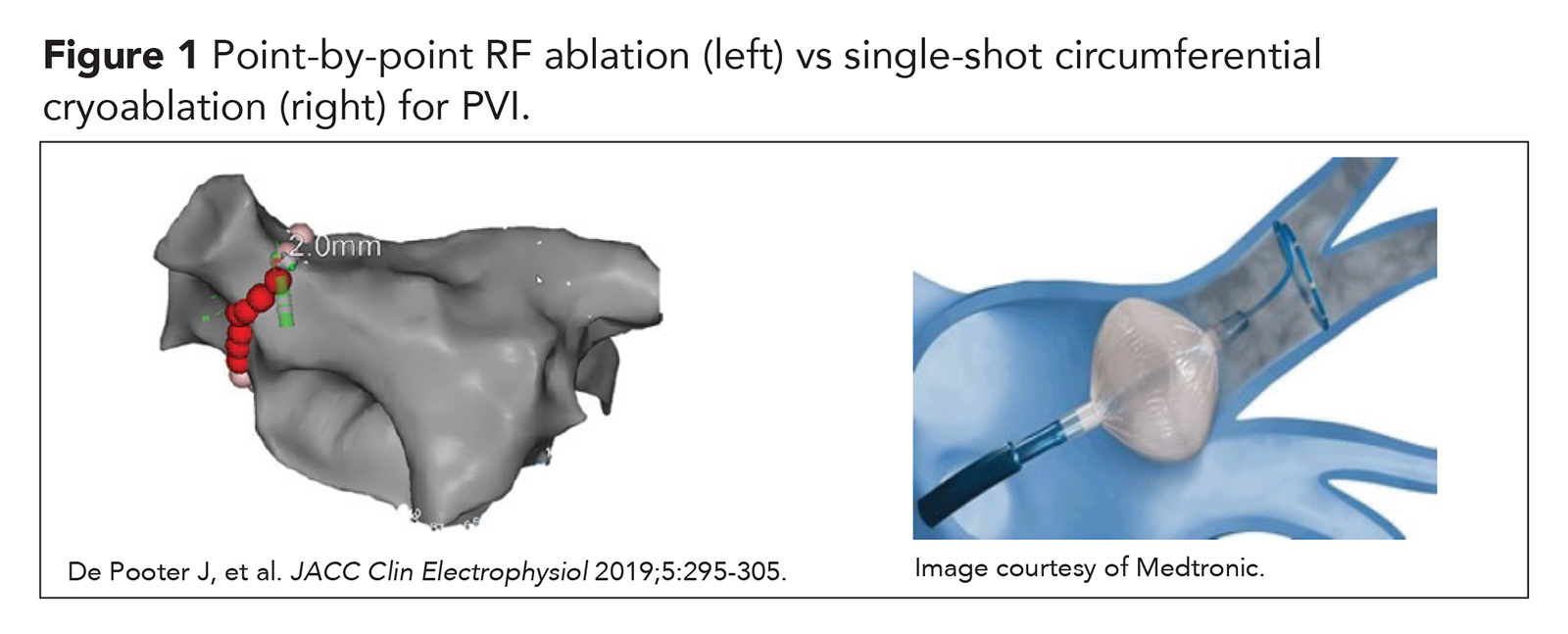
Focus on EP Single-shot Techniques For Pulmonary Vein Isolation

PDF) Complete biatrial ablation of atrial fibrillation with bipolar radiofrequency

Evaluation of cryoballoon pulmonary vein isolation lesions during
Brian Lynam on LinkedIn: The FARAPULSE Pulsed Field Ablation

Impedance drop predicts acute electrical reconnection of the pulmonary vein-left atrium after pulmonary vein isolation using short-duration high-power exposure

Takafumi ISHIDA, Professor, Fukushima Medical University, Fukushima, Department of Cardiovascular Medicine

Atrio-Esophageal Fistula as a Complication of Percutaneous Transcatheter Ablation of Atrial Fibrillation

Significance of Contact Force on Esophageal Thermal Injury During Relative High-Power Short-Duration Ablation of Atrial Fibrillation

Procedural characteristics of pulmonary vein isolation with high
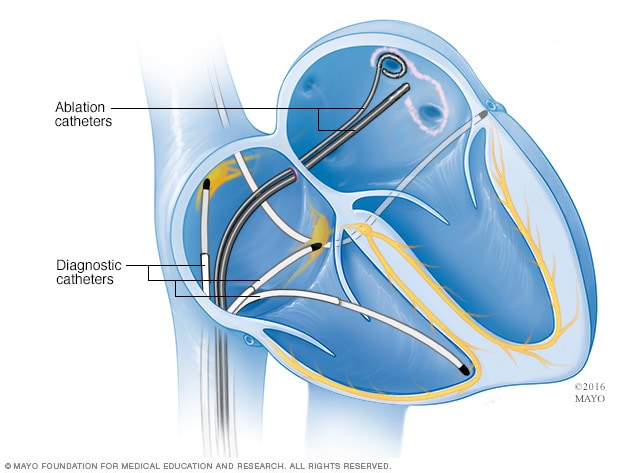
Pulmonary vein isolation - Mayo Clinic
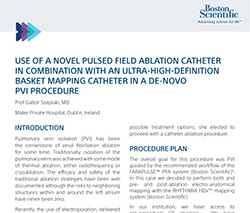
Cardiac Arrhythmia Mapping System Clinical Data – RHYTHMIA HDx
